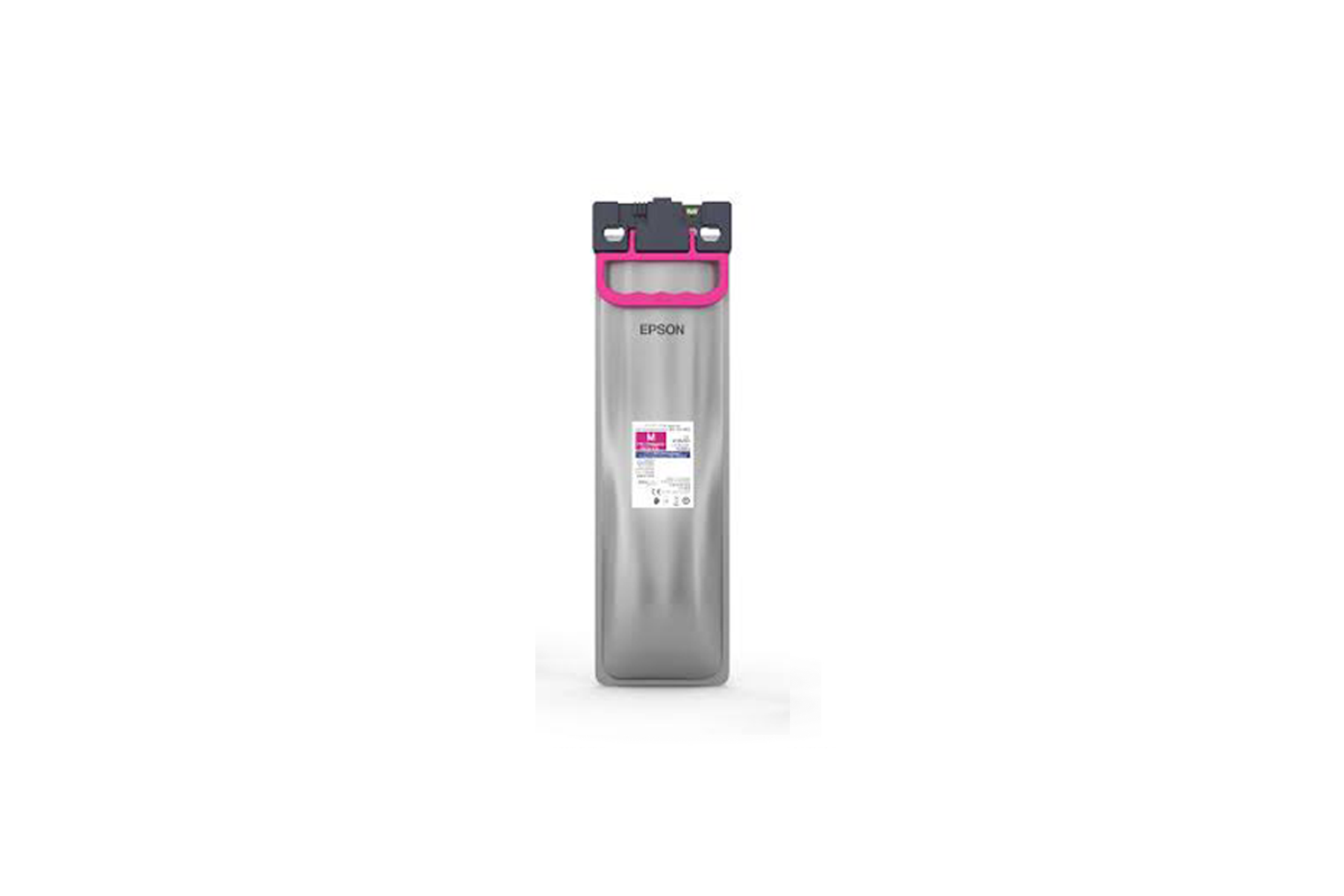Inks to use Inkjet Printers
Dye Pigment Inkjet printing is also known as water-based ink printing. Inkjet printers are a popular solution for home, office and commercial printing now the days. It is widely used in photographic prints and commercial prints such as GIS and maps, technical drawings, and Point of sales prints. There are two main variants of ink which used in inkjet printers and these inks.
1- Dye-Based Inks:
these inks are from colouration that is dissolved in a water or glycol liquid. Using liquid helps the dye to flow easily to the page from the head. This technology dries very fast once it drops to the page. Dye inks use mostly to produce super sharp text and create rich, vibrant colours for your image or texts. These inks are not waterproof, however, the output fades in 5-25 years.
Matte paper is the apt choice of paper that uses in Dye based inks. To address this, Korejet matte papers help get better results using dye ink printers. Korejet papers are designed to pull the dye-dissolved liquid to the core of the paper. Korejet inkjet papers act as a bridge between budget-friendly office papers and more expensive photo papers. Moreover, gloss, semi-gloss, and satin lustre also work well with dye-based inks.
2- Pigment inks
These inks are created to use in long-lasting photo quality color prints for professionals. Pigment inks have a wider range of tones than standard dye-based ink sets. On the other hand, pigment ink technology specialized for use with different kinds of papers.
It helps professional photographers to improve color depth, sharpness and tone by using different ink and paper combinations. it has an optional matte black and glosses black(photo black) to achieve optimised output results.
Paper for Pigment ink:
Fine art matte paper is a favorite for photographers and graphic designers alike. Combined with pigmented inks such as Epson® Ultrachrome®, they offer up a wide gamut and deep d-max black tones. Researchers at ImageScience suggest that smooth matte papers look almost identical to glossier finished photos we usually associate with photography, but they have considerably stronger archival qualities. They list a great assortment of different paper brands to try out and sample your look.
Fibre-based papers create cool classic photographic looks and pair well with both color and black and white imagery. ImageScience likes the Canson® Infinity Platine Fibre Rag in this category, which they describe as consistent and high brightness with a semi-gloss finish great for photo printing.Dye Pigment Inkjet printing technology suits this kind of printing.
Resin Coated Paper
Semi-gloss and lustre papers are prevalent for photographers and create some of the best results you can achieve with the resin-coated paper. Semi-gloss gives your photos that classic darkroom sheen with an ease of use that advanced amateur photographers love. Resin-coated semi-gloss papers are waterproof and offer great color and sharpness. Tom’s Hardware notes that they give the best results, but it comes at a price—resin-finished paper is among the most expensive on the market.
Pigment inks don’t pair well with most high gloss paper finishes. The slick finish layer that makes a high gloss paper shimmer doesn’t allow the more viscous pigment ink to absorb adequately, leading to underwhelming results. A few types of glossy paper perform better than others, including Korejet Photo gloss and Innovaart® Smoothgloss paper for example. Paper and ink technologies are constantly innovating. One such innovation is using nanotechnology in pigment ink sets designed to improve variance in grayscale and correct color casting. This technology blended with resin to make prints more resistant to scratching and prevent flaking over time.










